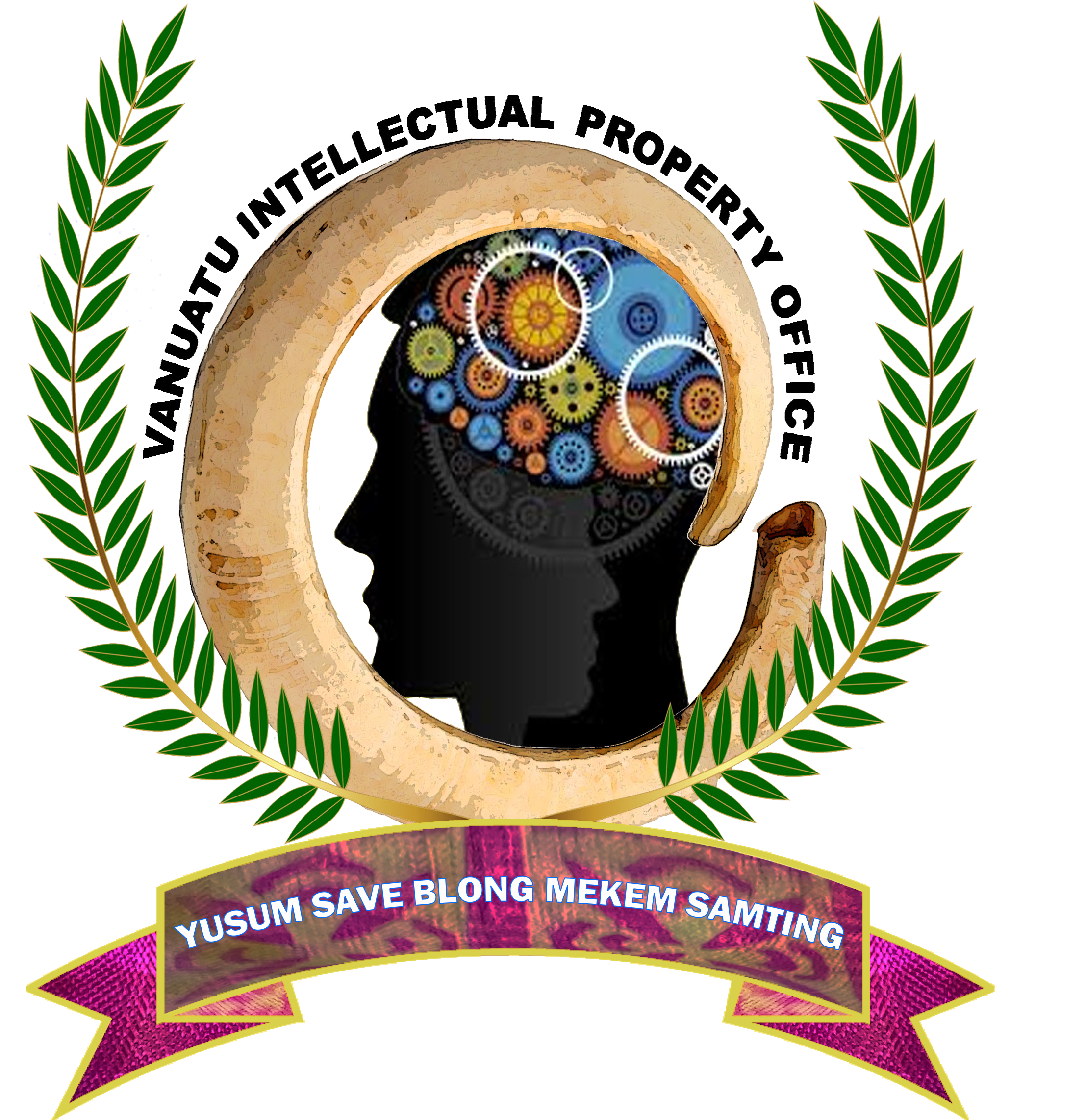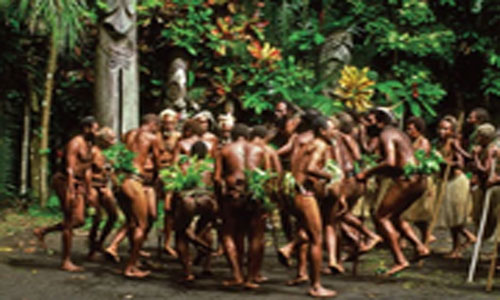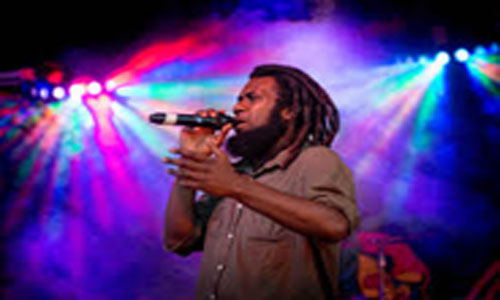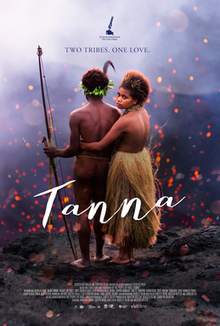A COPYRIGHT is a collection of rights that is automatically vested to someone who creates an original work of authorship, like a literary work, song, movie or software. These rights include the right to reproduce the work, to prepare derivative works, to distribute copies, and to perform and display the work publicly.
The primary objective of copyright is to induce and reward authors, through the provision of property rights, to create new works and to make those works available to the public to enjoy. The theory is that, by granting certain exclusive rights to creators, which allow them to protect theory creative works against theft, they receive the economic rewards and the public receives the benefit of the creative work that might not otherwise be created or disseminated.
A work is an original intellectual creation.





